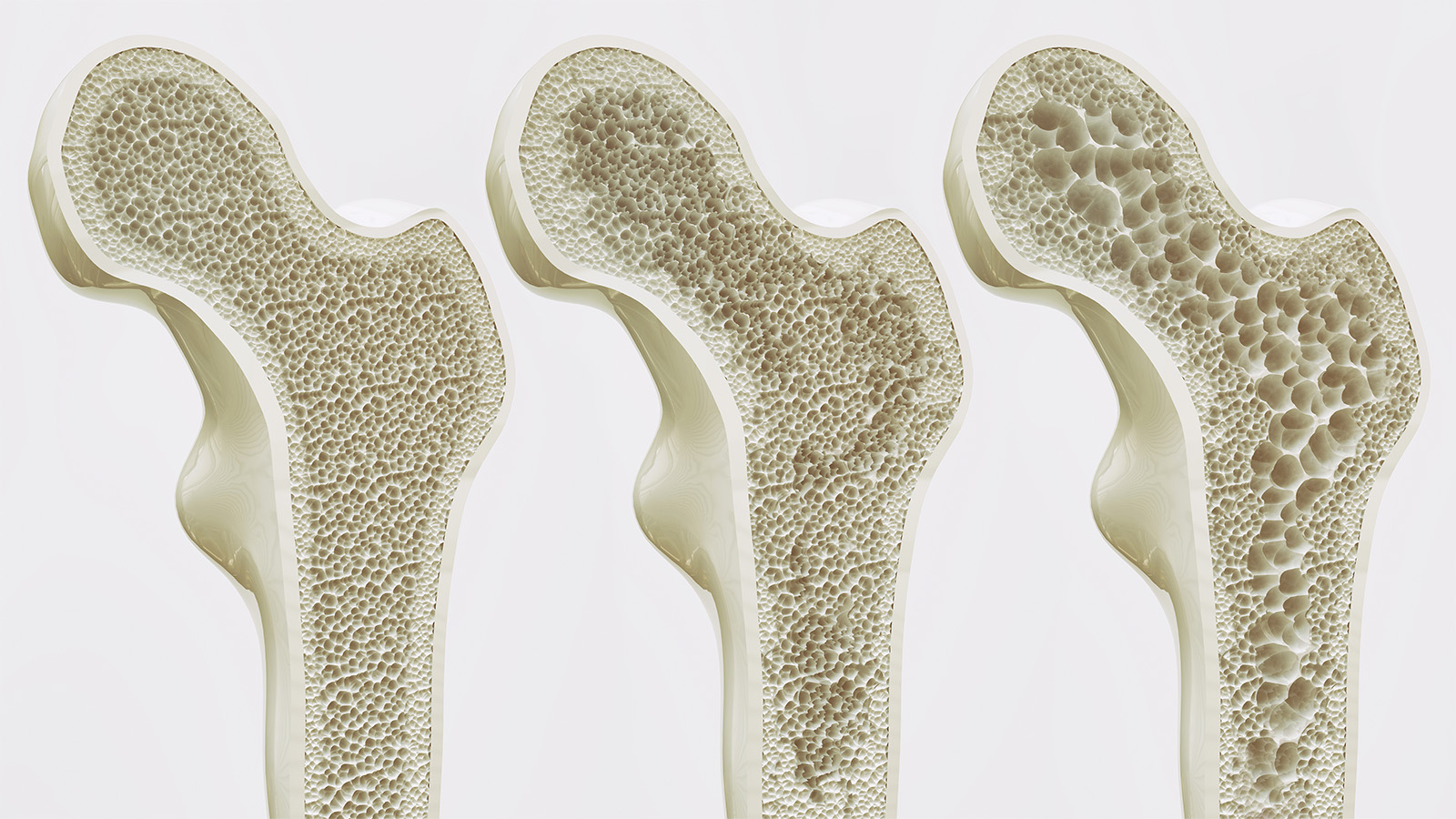
It’s easy to prioritize what we see in the mirror; our skin, hair, and clothing, but our bones, which are hidden beneath the surface, often go unnoticed. Yet our bodies rely on a framework of 206 bones, and caring for them is essential to maintaining long-term health and mobility.
At Iowa Ortho, we’re here to help you understand how to monitor your bone health, assess your risk for osteoporosis, and take proactive steps to prevent fractures and future complications.
What Is a Bone Health Assessment?
“Osteoporosis is a silent bone disease. A bone density scan, such as a DXA or QCT, is the only test that can diagnose osteoporosis. This is why it is so important to perform routine screening at the appropriate age.”
– Paige Goff, PA-C
Osteoporosis means “porous bone” and is a condition where bone density and quality decrease over time. It typically progresses without symptoms—until the first fracture occurs.
Common Diagnostic Tools:
- Bone Density Test: Measures minerals in the bones—especially calcium—to evaluate bone strength.
- DXA (or DEXA) Scan (Dual X-Ray Absorptiometry): A quick, low-radiation test commonly used to detect bone loss.
- QCT Scan (Quantitative Computed Tomography): A more sensitive test using CT imaging to detect subtle changes in bone density and assess fracture risk with greater accuracy.
Following testing, your provider will create a personalized treatment plan, which may include:
- Exercise recommendations
- Nutrition guidance
- Osteoporosis medications
Risk Factors for Poor Bone Health
“Understanding controllable versus uncontrollable factors allows you to make a decision on your treatment plan and be aware of what is putting you at risk for a fracture.”
– Dr. Ze-Hui Han, M.D.
Uncontrollable Risk Factors:
- Age (bone density peaks by your 30s and declines after)
- Gender (women are at higher risk)
- Family history of osteoporosis or fractures
- Previous fractures
- Menopause or hysterectomy, which reduce estrogen levels
While these factors can’t be changed, they help your provider understand your baseline risk and develop a strategy for prevention.
How Lifestyle Changes Help Reduce Fracture Risk
“There are many modifiable lifestyle factors that can help protect our bones and reduce the risk of developing osteoporosis.”
– Allison Dunne, PA-C
Here’s what you can control to protect your bones:
- Limit alcohol: More than two drinks a day increases fracture risk
- Eat well: Malnutrition is linked to poor bone health, especially in older adults
- Get Vitamin D & Calcium: Vitamin D (from sunlight, fish, eggs, mushrooms) helps your body absorb calcium (from dairy, leafy greens, fortified foods)
- Maintain a healthy weight: Being underweight or overweight negatively impacts bone health
- Stay active: Weight-bearing and balance exercises (like walking, yoga, or stair climbing) are great for maintaining bone density
How Iowa Ortho Can Help
At Iowa Ortho, we offer comprehensive bone health assessments and personalized care to help you understand your risk and create a plan for prevention. Whether you need a DXA or QCT scan, a consultation, or ongoing support, our Bone Health Clinic is ready to assist.
Call 515-247-8400 or schedule an appointment online to begin your journey to stronger, healthier bones.
